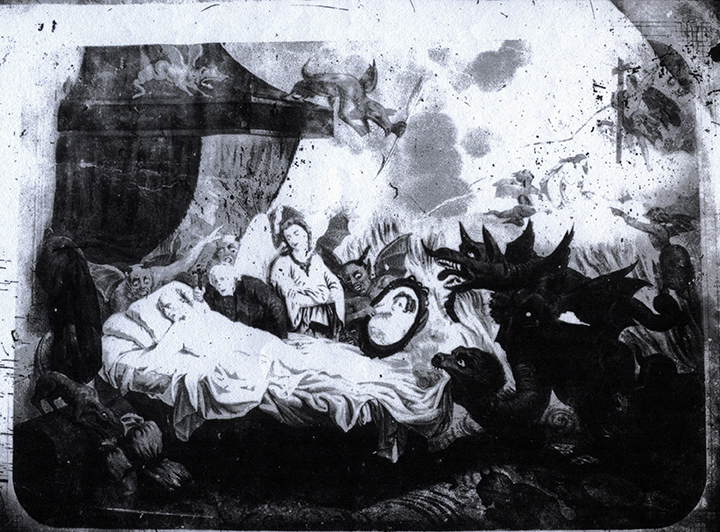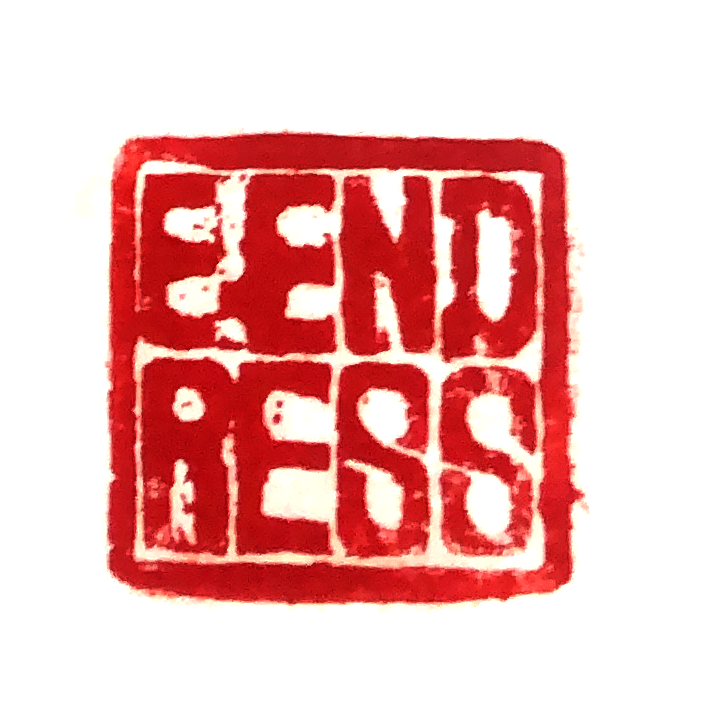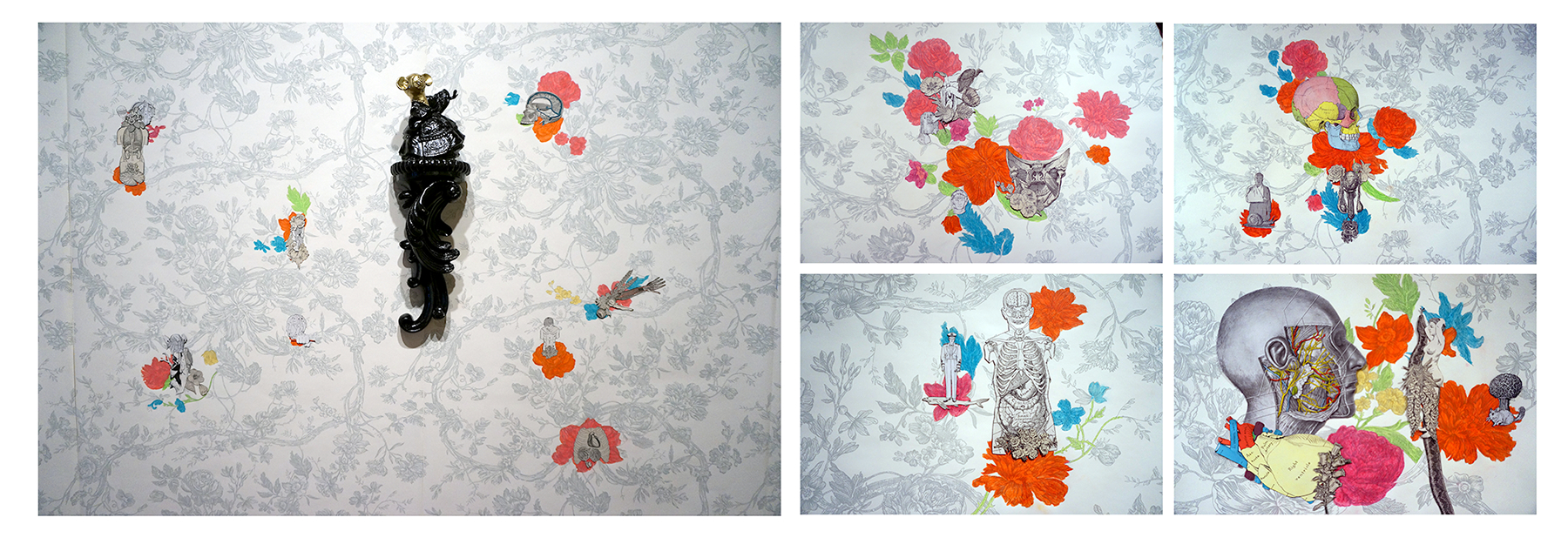This collaborative, interdisciplinary project between Flagler College students and artist Edgar Endress takes the Spanish colonial past of St. Augustine as a departure point and considers the Baroque as a manifestation of the colonial system. During the spring of 2015 in a course of the same name, Endress and a group of Flagler students engaged in the process of discovering the Baroque in St. Augustine. The works included in the exhibition, including sculpture, drawing, painting and print, are a part of the continuum of what began earlier this year.
Baroque denotes a term used for painting, sculpture and architecture created during the 17th century throughout European Catholic countries, primarily Italy, France and Spain. Partially an effect of the Counter-Reformation, Baroque artists made works that were didactic and dogmatic in depicting biblical narratives, and utilized repeated iconography that promoted the virtues of the Catholic faith. These visually impactful works were intended to appeal to an illiterate but faithful population.
Throughout colonial Spain, Baroque was used as a method to indoctrinate the indigenous populations in the teachings of the Catholic Church. However, its visual and verbal forms were dynamic and porous, and often incorporated the cultural perspectives and iconographies of the indigenous and African laborers and artisans who built and decorated Catholic structures. According to Michael J. Horswell in his essay, “Baroque and Neo-Baroque Literary Tradition,” Baroque was at once an “imperial imposition” as well as an “expression of resistance” that
Baroque is embedded in the cultural discourse of the Americas in various forms and aspects, expressed in daily rituals, and is part of the institutional discourse from religion and vernacular experiences. Baroque began as a Western discourse that over time became a hybrid (mestizo baroque) that was able to expand the colonial and post-colonial discourse to include its own critique. In that context Baroque, as a marker of the encounter between civilizations in the Americas, defines an institutional Western moment in colonized spaces. Our goal is to use Baroque as a platform to explore contemporary resistance to exclusionary practices.
permeated American culture at all levels. Endress examines this idea through the lens of the Finding Baroque project:
Collaboration plays a central role in much of Endress’ practice. The artist frequently works with vernacular artists and artisans who may not produce work to be shown in museums and galleries. He claims, “I use this practice to question certain imposed ideas of taste, fine art, and western culture, in a way that excludes certain forms of art as impure.” Making the distinction between high art, and art whose value is placed purely within an “anthropological or ethnographic” framework, is a mechanism that amplifies this idea of “otherness,” an idea that dictates much of the discourse surrounding his work. Accordingly, whether objects to be displayed, or interventions in the public sphere, Endress’ work is often the synthesis of ideas, discussions or actual handiwork from a variety of individuals.
The students involved with Finding Baroque played, and continue to play, a central role in the research into and ongoing debate about the Baroque in St. Augustine, and the debris of anti-colonialist representation to be found here. Students, including Yasmeen Abou El Seoud, Brittany Bertazon, Adrian Gonzalez, Laura Henning, Brenda McClary, Dulce Ros, and Lara Sibson, questioned the notion of “pardo,” which is an idea that informs many of the works in the exhibition. Pardo was a term they found in Spanish historical records to define certain racial groups of mixed heritage. This term was used in the casta system to distinguish between “groups of privileged and under privileged,” which further engendered a system of inclusion and exclusion.
Their interrogation of historical records throughout St. Augustine was critical to “thinking through the project in a way that was inclusive.” The artist explains, “In a state where tourism sometimes dictates historical emphasis, displacing historical elements is significant for calling attention to the experiences of various subaltern peoples.” One way that Endress and the group attempt this is to re-contextualize the historical narrative by re-appropriating the grammar of the mestizo baroque. In a new sculpture and triptych painting, each made by Baroque artists in Mexico and Peru, respectively, La Virgen de la Leche is re-envisioned as an indigenous woman, an iconography that better reflects the “reality of Spanish Colonialization and the subjugation of the Timucuans.”
The project hopes to create a critical platform in order to rethink the way society “creates structures that exclude, or take advantage of when it is advantageous, the other.” Their research, through the works included in Finding Baroque, considers the empowerment of otherness, and ultimately proposes a new narrative of inclusion, revision, and resistance.


Example of images used for the Shrine.




















